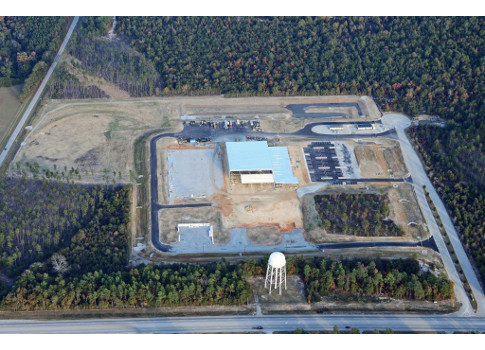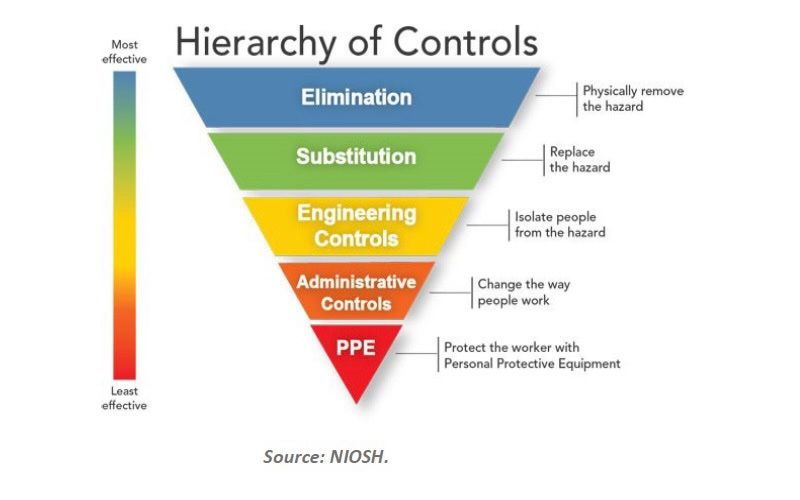While renovating an existing facility may improve production volume and speed, the facility may not meet the company's long-term needs. It's critical to weigh the pros and cons of both retrofitting and building a new facility.

As the economy shows signs of recovery, capital spending is up and food processors are tapping into new opportunities and expanding product lines. The question of whether to renovate an existing facility or build a new plant is becoming more complex as processors balance their equipment and production needs with meeting food safety requirements.
Your strategic plan may drive much of this decision to ensure that the facility meets your company’s current, and also future, needs. While renovating an existing facility may have your production up and running quicker, the facility may not meet your long-term needs. A strategic plan with clearly defined operational goals and procedures facilitates effective decision-making, especially where plant design and capital expenditures are involved.
Weighing the pros and cons
There are pros and cons to both solutions. Architectural solutions are much easier to engineer for a new plant than with an existing one. For example, if your facility will be processing allergenic ingredients, separate storage and production areas can be designed. Working within the constraints of an existing footprint may prove to be a challenge.
Upgrading an existing facility may be a more budget-friendly solution and reduce upfront equipment costs, but you may have to compromise on utilizing state-of-the-art technology and automation. Here are five key considerations when making the decision to renovate or build new:
- Automation: Incorporating automation into an existing facility to improve production efficiency can be challenging in two ways. Automated equipment often has large space requirements and will require significant square footage. In addition, if you’re utilizing older equipment, it may not lend itself to automation. Be sure to connect with equipment manufacturers to determine the ability to automate existing equipment.
- Food safety: The ability to meet stringent food safety regulations is one of the most crucial factors in plant design, whether renovating or building new. Ensuring proper air flow throughout the facility is a must. Air flowing into areas where food is being processed must be tightly controlled to maintain room temperatures and eliminate the potential for condensation and contamination. Materials used in construction and equipment design, such as stainless steel, are also key considerations to guarantee the facility will meet food safety requirements.
- Design issues: Again, it is much easier to design a new plant around desired architectural solutions, which may not be easily modified in an older facility. For example, is the ammonia piping system sufficient for required flow, but more important, does it meet current code requirements to ensure worker safety? Are drainage and wastewater systems sufficient? Can the location support the utility requirements of the plant’s operating systems?
- Access: What modes of transportation will your facility need to access for distribution? Existing facilities may provide more ready access to inland ports and railways, while finding greenfield space near transportation hubs can be difficult. Increasingly, food processors are trying to minimize the distance finished goods must travel to distribution facilities.
- State/ local regulations: Be sure that you carefully review all local and state regulations and incentives before making the decision. Labor laws can vary greatly between states, as can utility costs and incentives.
Michael Smith has more than 17 years of experience in industrial construction on domestic and international projects. His responsibilities include project development, executive supervision, planning, estimating, contractual negotiations, cost control, assurance of quality and completion. This article originally appeared on Stellar Food for Thoughts. Stellar is a CFE content partner. Edited by Joy Chang, digital project manager, CFE Media, [email protected]



